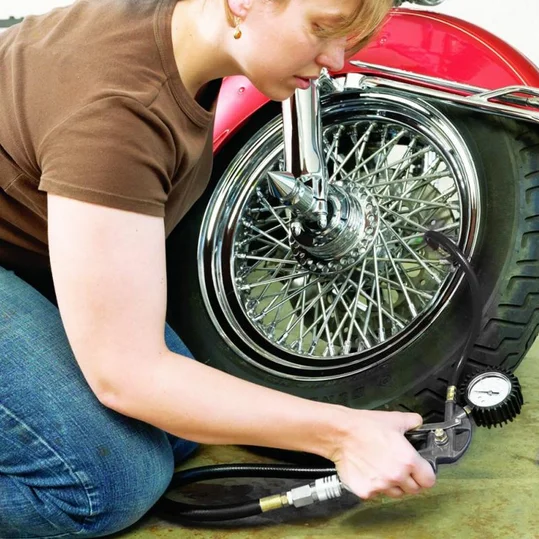The announcement that Bridgestone was developing an “airless” or non-pneumatic tire for the passenger vehicle market sparked the interest of many drivers. Although this prototype is still being developed, the future looks bright for this revolutionary tire.
Bridgestone airless tire technology features a unique spoke structure designed to support the weight of a vehicle, effectively eliminating the need to periodically refill the tires with air.
In 2013, Bridgestone revealed its second generation air free concept non-pneumatic tire featuring improved load-bearing capabilities, environmental design and driving performance. However, there are developments and enhancements to be made before airless tires are available for consumers. Finding a way to avoid trapping debris within the spokes, as well as developing the best way to distribute weight evenly and consistently transmit loads are a couple of these hurdles. For reasons like these, many spectators think airless tires are still a decade or so away.
Despite this, the demand to keep up with the continuous advancements in the auto industry suggest that airless tires would be a welcome step forward for consumers as well as the auto industry.
Currently, most airless tires on the market are made from solid rubber or plastic. Golf carts, trailers and lawnmowers are a few examples of these tires being used in commercial applications.
With airless tires, you never have to worry about your tires leaking because--you knew this was coming--non-pneumatic tires have no air to leak. For most drivers, this feature will sound nothing short of revolutionary. When you run over a sharp object in the road, you won’t have to worry about a flat tire because tires without air can’t go flat. An end to the days of changing a tire on the highway shoulder would be welcome to drivers everywhere.
Since you won’t be changing or repairing a flat, you don’t need to carry a spare.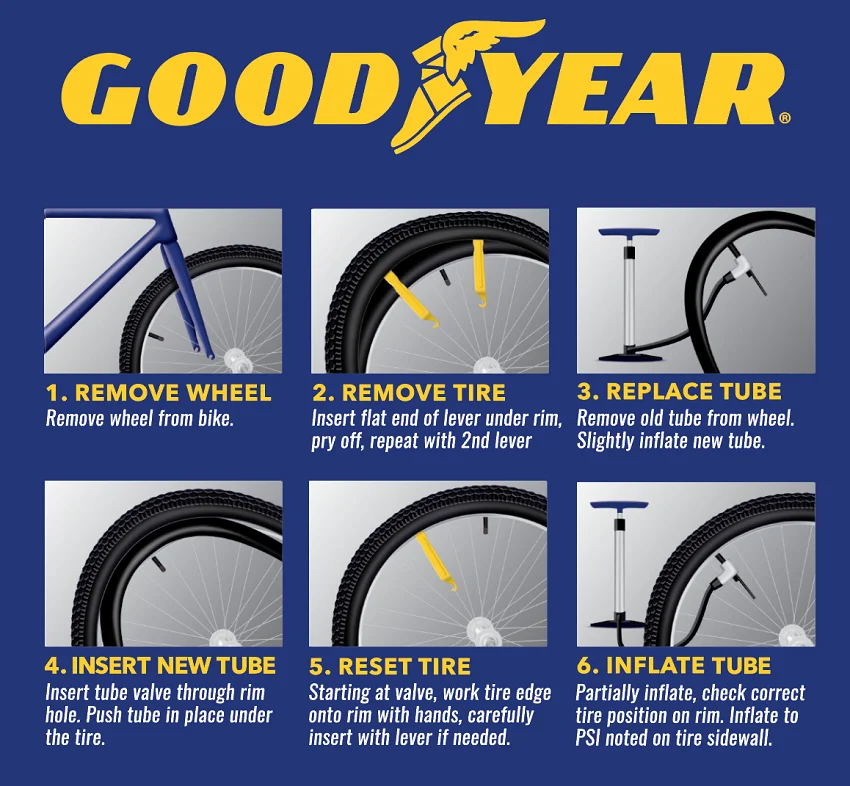 Just like cars using run-flat tires, this feature could free up trunk space. No spare also means less weight and less weight means better fuel economy
Just like cars using run-flat tires, this feature could free up trunk space. No spare also means less weight and less weight means better fuel economy
Airless tires also may offer other specific advantages for trucks in industrial application. In the farming, mining, and construction industries, tire failure can cause a loss of productivity and efficiency. Tires that never leak or puncture would be a welcome advancement.
About 90% of energy loss from tire rolling resistance comes from repeated changes in the shape of the tries as they roll. By simplifying the structure of the tire, Bridgestone was able to minimize the energy loss in these “air free concept tires.” As a result, these tires have the same level of low rolling resistance as Bridgestone pneumatic fuel efficient Ecopia tires, contributing to reductions in CO2 emissions.
The airless concept tire is one of the initiatives aimed toward Bridgestone’s long-term vision of the use of sustainable materials. The materials used in the tire are recyclable, contributing to the efficient use of resources. No part of a non-pneumatic tire ever needs to go in the garbage, which goes hand-in-hand with Bridgestone’s effort to create a “cradle-to-cradle” system in which all tires are first recycled and then factory-refashioned into new tires. Airless tires will be among the first for which this process is a reality.
The materials used in the tire are recyclable, contributing to the efficient use of resources. No part of a non-pneumatic tire ever needs to go in the garbage, which goes hand-in-hand with Bridgestone’s effort to create a “cradle-to-cradle” system in which all tires are first recycled and then factory-refashioned into new tires. Airless tires will be among the first for which this process is a reality.
Bridgestone is advancing development of the air-free concept tire are a more environmentally friendly product than existing tires and aims to bring about commercial use in a wide range of vehicles as soon as possible.
Bridgestone believes that through effective resource usage and efficient operations alongside CO2 emissions from improved fuel efficiency, as part of its aim to achieve a balance between its business and the environment, it can continue to offer attractive products to its consumers far into the future. Bridgestone will continue to implement multiple technological innovations to help bring about a more sustainable society.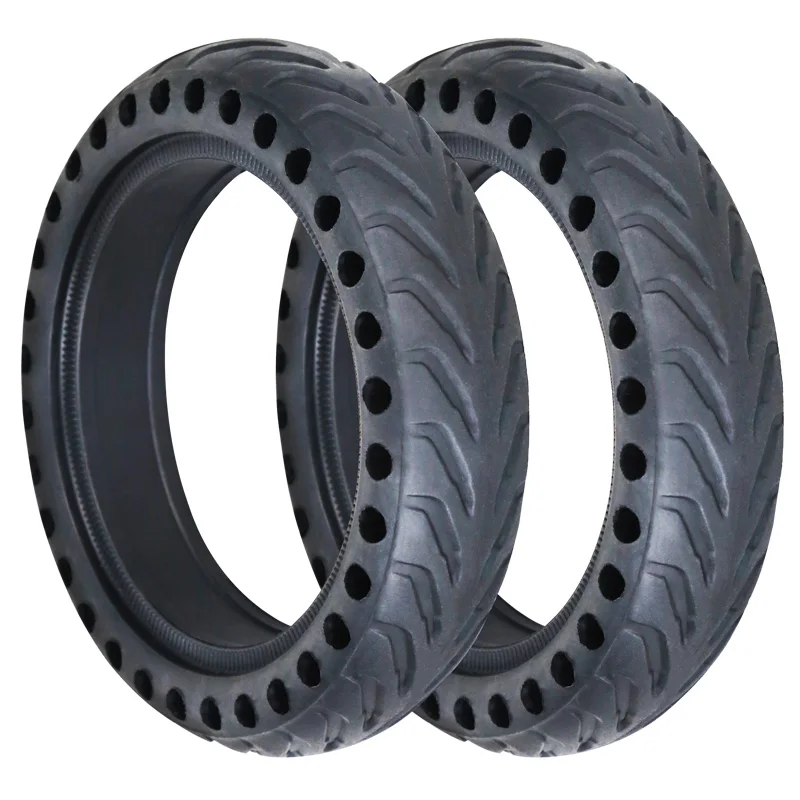
Conventional tires are inflated with high-pressure air, which gives tires a spring-like function to support a vehicle weight and absorb shock form the road surface just like a inflated ball. If the air pressure is not appropriate or a tire is flat, you may have a problem in driving.
The “Air Free Concept ” is a technology that eliminates the need for tires to be inflated with air to support the weight, using a unique structure of spokes stretching along the inner sides of tires. With this technology, tires need less maintenance and have no worry of punctures.
The resin spokes with “Air Free Concept” technology provide higher flexibility for design and recyclability than conventional tires.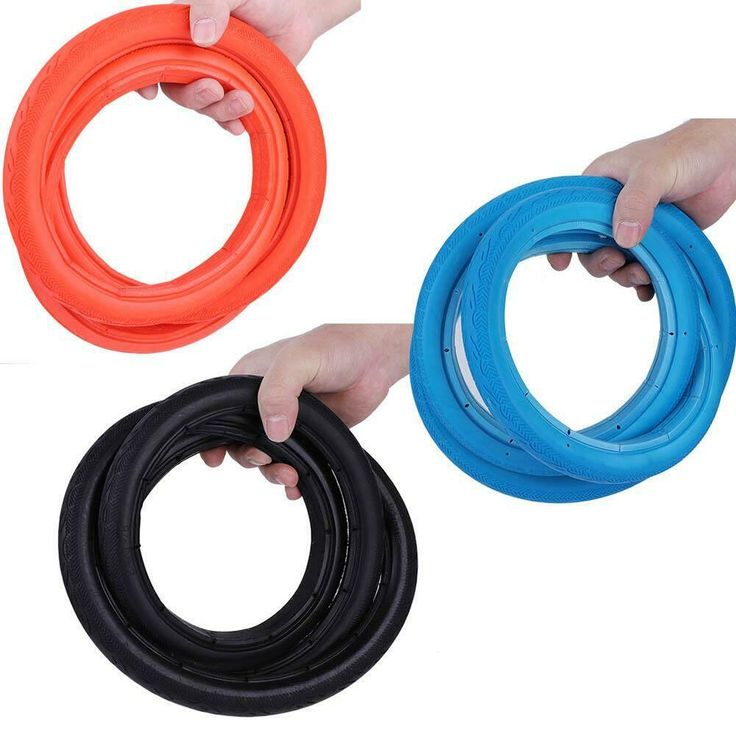 Bridgestone is committed to continuously working toward a sustainable society with the universal and eco-friendly mobility through developing advanced tire technologies.
Bridgestone is committed to continuously working toward a sustainable society with the universal and eco-friendly mobility through developing advanced tire technologies.
Close
Photo howcarworks.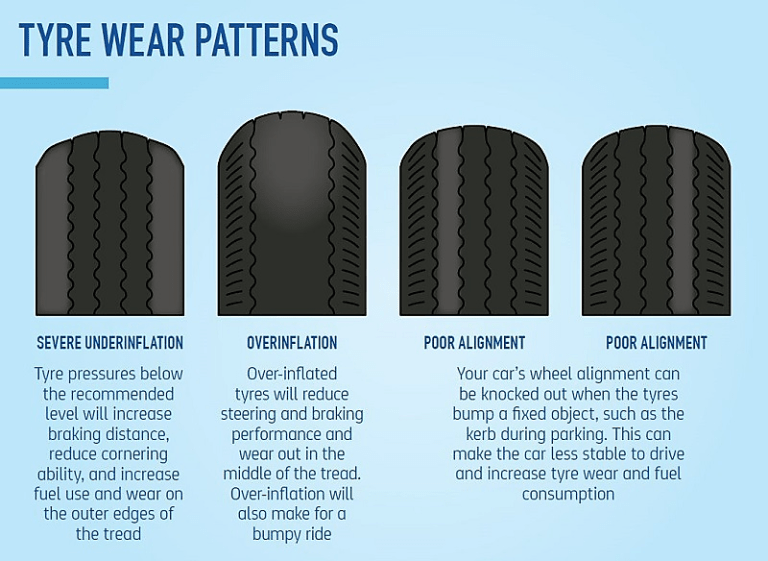 ru
ru
Worn tires are one of the common causes of accidents on the roads not only in Russia, but also in Europe , and USA. And even if you have brand new tires from the latest collection of your favorite tire manufacturer, this does not mean that you can start monitoring their condition only after a couple of seasons. And this is due to the natural or forced loss of pressure or its excess. What will happen if the tires have different pressures, the AvtoVzglyad portal understood.
Efim Rozkin
Many have read in the SDA about the general duties of drivers, where it is clearly stated that before leaving the motorist is obliged to check and ensure that the vehicle is in good condition on the way. However, the reality is that few do this whenever they are about to pull out of a parking spot. And even more so, few people pay attention to tires and their condition. Meanwhile, to this day, the cause of most accidents is the deplorable state of tires, their difference in size, type, brand, and, of course, the wrong pressure or its loss of one of the tires.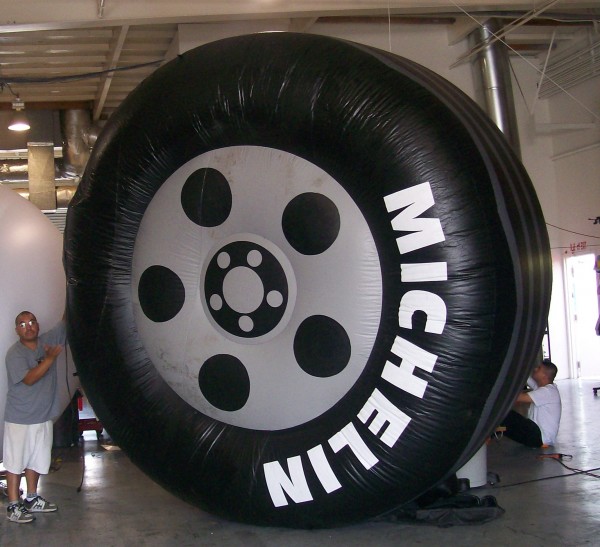
Manufacturers of car tires give their recommendations on pressure for a reason, because not only the efficiency of their work, but also the safety of vehicle passengers depends on how the tires are inflated. To make it easier to understand the consequences of not following the recommendations, it is worth understanding how a tire works with insufficient or excessive pressure.
So, for example, if you have not inflated your tires for a long time, the pressure in them can naturally decrease: a leak (tires are not completely sealed) or a change in temperature (it gets colder, the air in the tire is compressed or, on the contrary, expanded in the heat). It is important to know that when the pressure is reduced, the loads in the contact patch are shifted to the shoulder area of the tire. And the central part of the tread, which is responsible for acceleration and braking dynamics, directional stability and controllability, on the contrary, is unloaded.
Photo herthundbuss.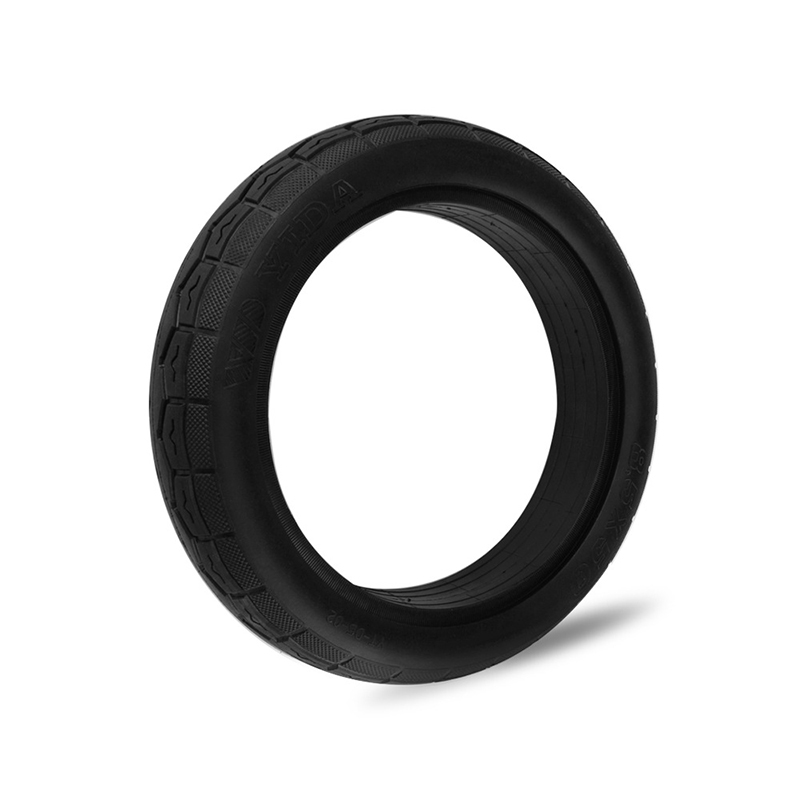 com
com
Photo bobjane.com
As a result of the car's reaction to steering turns, they become slurred and belated, the driver has to correct the trajectory of movement more often, braking dynamics and acceleration deteriorate. In addition, on flat tires, such an important parameter as rolling resistance increases, which, in turn, increases fuel consumption and accelerates tire wear.
Too much pressure is also bad. Yes, by inflating tires you can achieve a reduction in fuel consumption, because the loads are shifted to the central part of the tire in contact with the road. But few people take into account the fact that a car on overinflated tires, due to the lack of grip in the shoulder area, behaves worse in corners. If the car is not loaded, then it goes harder. Reducing the contact patch, as in the first case, negatively affects braking and acceleration. And in the end, you will lose all the fuel savings on increased wear of the central part of the tire tread, or even in an accident that occurred for this reason.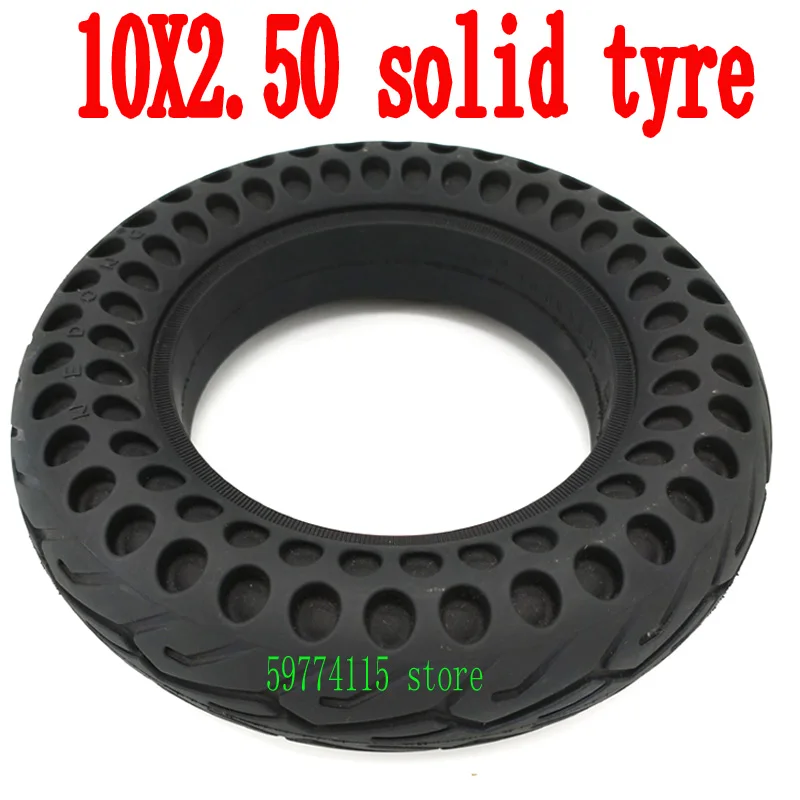
120876
Photo avtovzglyad.ru
It is worth noting the fact that both under-inflated and over-inflated tires heat up more. In the first case, there is degradation of the rubber compound and severe wear of the strong sidewalls of the tire. In the second, while driving, the air expands even more. The end in both cases will be the same - an explosion of a tire on the go.
The surest way to extend the life of your tires and maintain your health is to follow the manufacturer's recommendations. For different tires, a certain pressure is recommended, which can be changed by the driver depending on the load of the car. About which tires can be installed on the car and what pressure they need to be pumped in is indicated on the plate located in the inside of the car's doorways and in the operating instructions.
It is worth remembering that it is necessary to measure tire pressure once every two weeks, and this must be done on a tire whose air temperature is equal to the ambient temperature.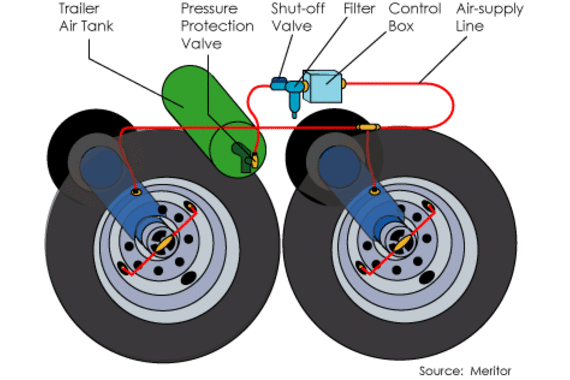 In the summer months, this is best done after the car has spent the night in the parking lot near the house, i.e. eat in the morning.
In the summer months, this is best done after the car has spent the night in the parking lot near the house, i.e. eat in the morning.
Low driving position
134094
134094
Subscribe to the Autovzglyad channel:
Safety of road, tires, tires, life hack, tiresomanting
Photo www.autocar.co.uk
It's no secret that not only driving performance, handling comfort, fuel consumption, but also the safety of the driver and passengers depend on the level of tire pressure. What fatal consequences can lead to a long ride on lowered wheels, the AvtoVzglyad portal figured out.
Ivan Flyagin
Of course, everything depends on how much the recommended tire pressure is reduced. It's no secret - the greater the difference, the more dangerous driving such a car.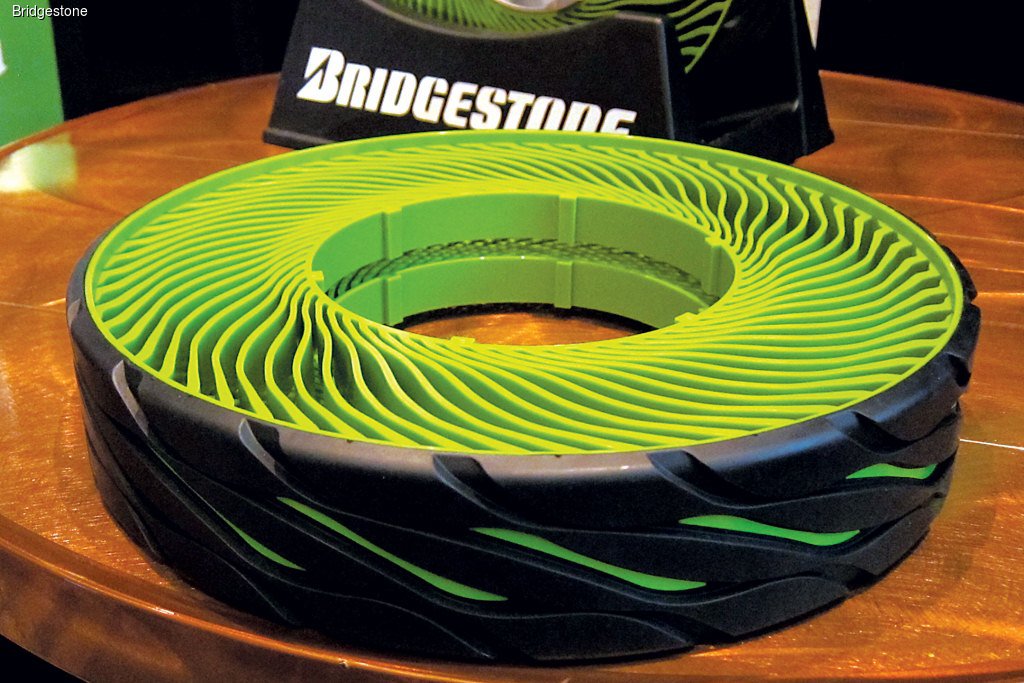 Even the missing 0.3 atmospheres can have a significant impact on the reduction of vital characteristics. Therefore, each driver should regularly monitor the pressure in the tires and pump them up in time.
Even the missing 0.3 atmospheres can have a significant impact on the reduction of vital characteristics. Therefore, each driver should regularly monitor the pressure in the tires and pump them up in time.
First of all, a car with flat tires significantly reduces dynamic performance and worsens steering: acceleration becomes sluggish, and the steering wheel becomes cottony. But the most dangerous thing is that such a car reduces the efficiency of the braking system, and in case of an emergency stop, its braking distance increases. This is especially noticeable on wet roads and, of course, on slippery surfaces in winter, when some drivers deliberately lower their tires for driving in snow.
Do not think that we are talking about a trifling increase in stopping distance. In heavy traffic and at high speeds, even the slightest malfunction of this function can lead to unpredictable consequences. In addition, in such a situation, the risk of tire rupture increases.
Low tire pressure can cause some or even complete loss of control during high-speed cornering. During maneuvers, such a machine loses stability, holds the trajectory worse, which increases the chance of an uncontrolled skid at times. It is easy to guess how unpredictable such wheels will behave when hydroplaning.
During maneuvers, such a machine loses stability, holds the trajectory worse, which increases the chance of an uncontrolled skid at times. It is easy to guess how unpredictable such wheels will behave when hydroplaning.
Long periods of driving with flat tires significantly increase tire wear. This leads to irreversible damage to the frame around the entire circumference of the side walls. The tire loses its shape, deforms and quickly overheats. As a result, the cord exfoliates and breaks. In this regard, it is especially dangerous to drive with low tires on bad roads, since any bump or pit can cause a tire to burst. If this happens at high speed, then a serious accident is inevitable. And, of course, driving on such wheels will hit your pocket hard, since even a slight loss of pressure leads to increased fuel consumption.
Protection from the consequences of the acquisition of poor -quality fuel
12017
Protection from the consequences of the acquisition of low -quality fuel 9000
